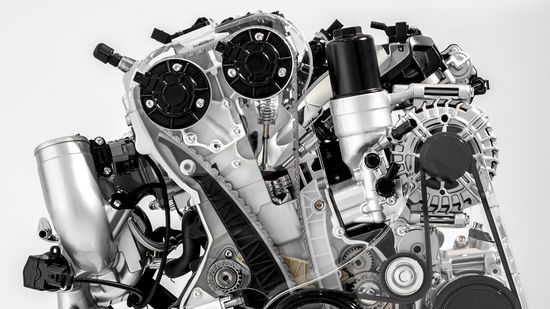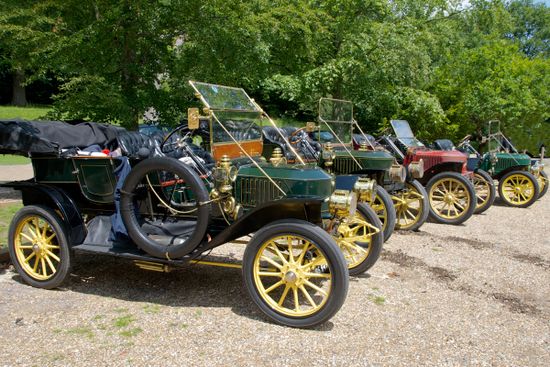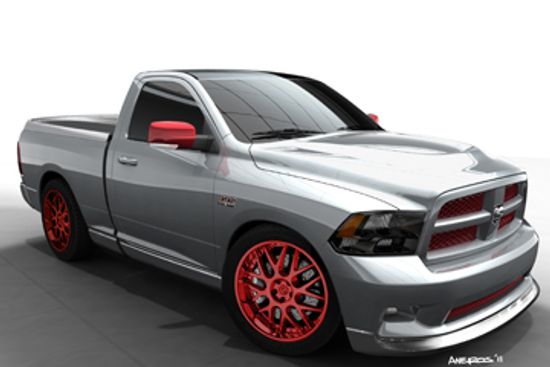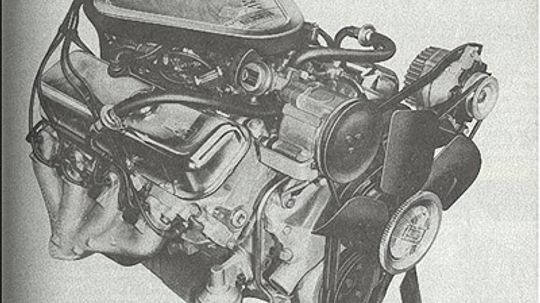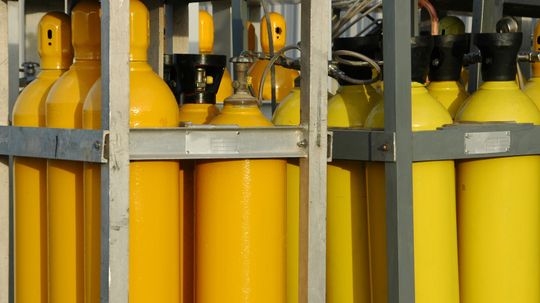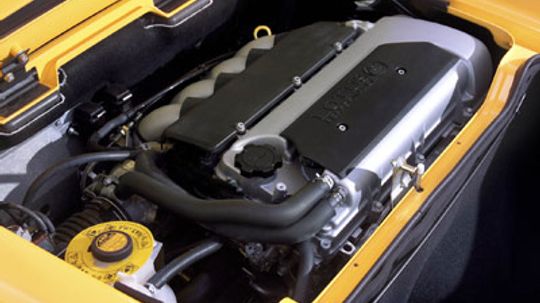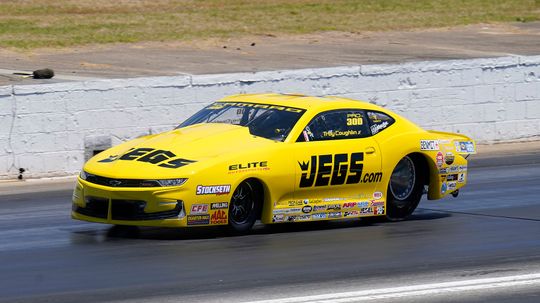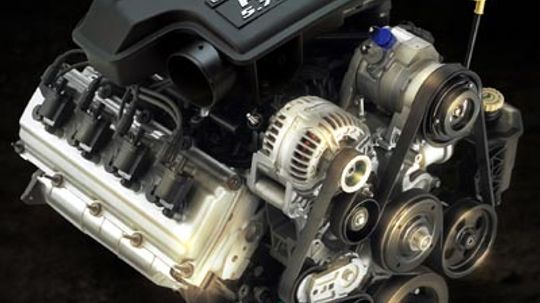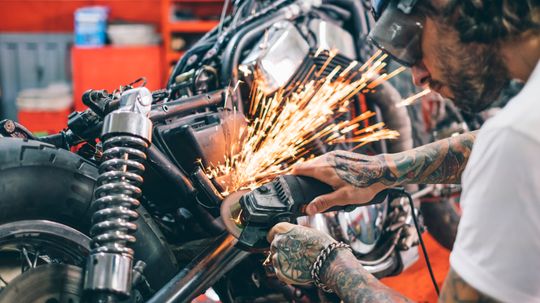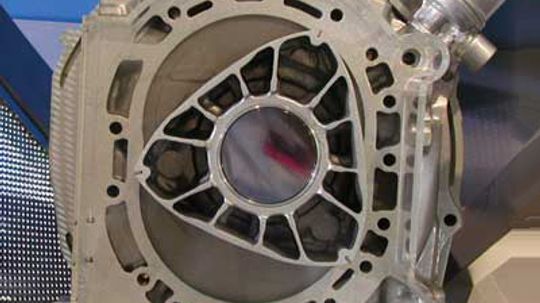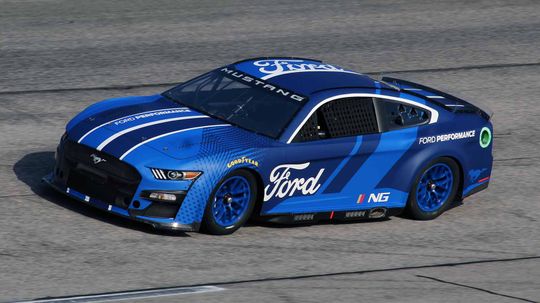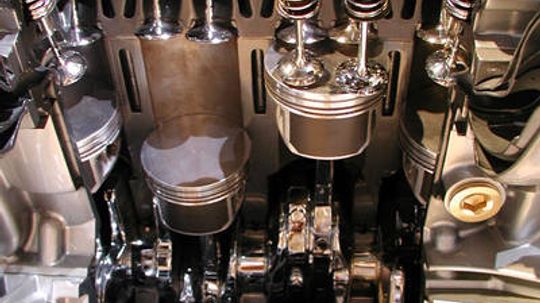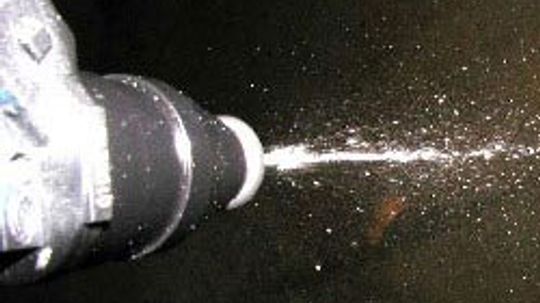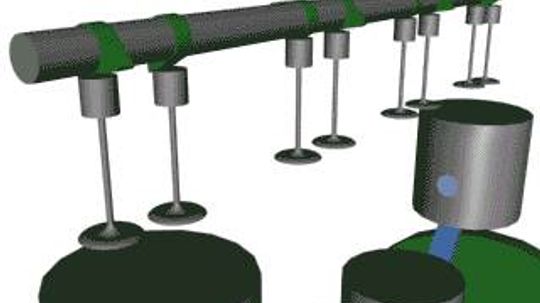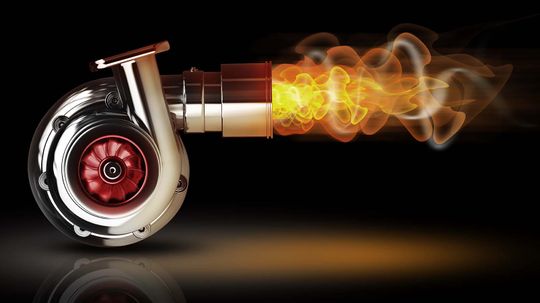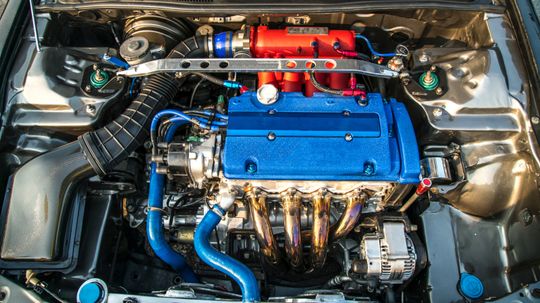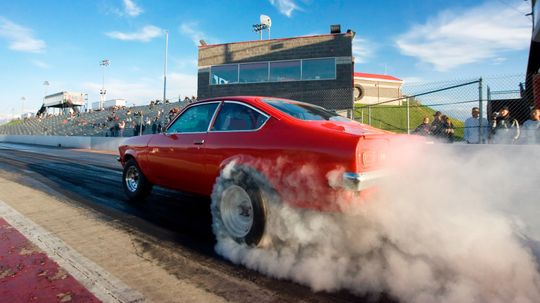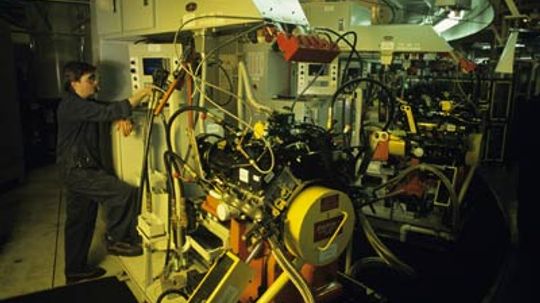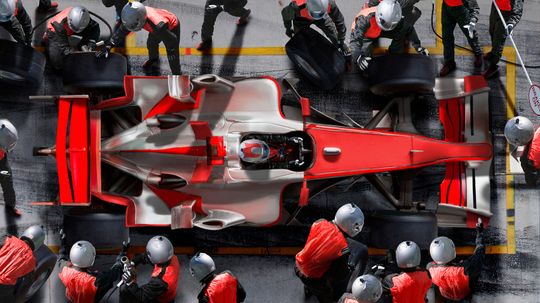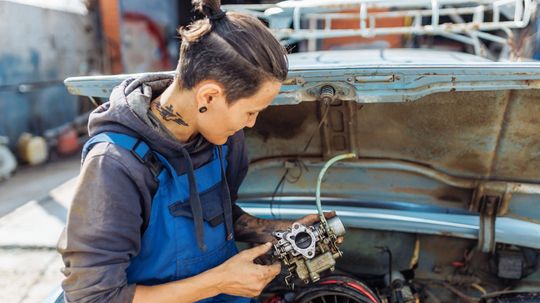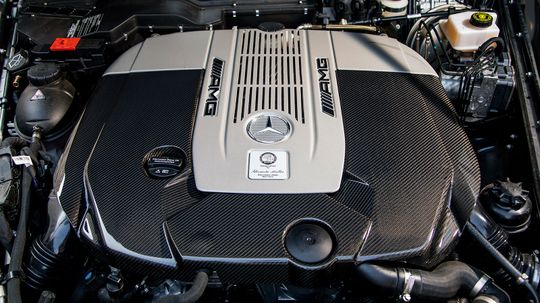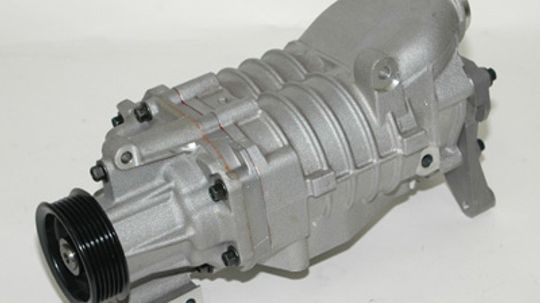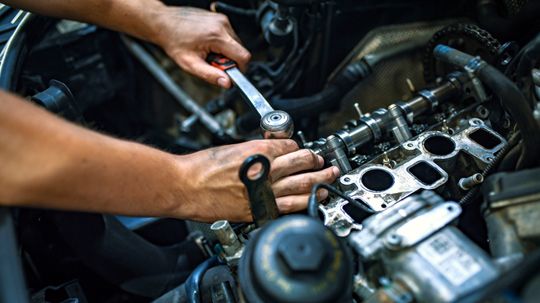Car Engine Information
The Car Engine Information Channel explores engine performance, maintenance and new fuel technologies. Learn how car engines work.
Learn More / Page 4
Chevy engineers had to bend some of their rules to get as much power out of the Chevy 454-cid V-8. America's "fuel shock" would ultimately sentence big-inch high-performance cars to oblivion. Learn about one of Chevy's milestone performance engines.
Engines need a certain amount of oxygen to make the car run. Exactly how much is needed? And if an engine used more, what would happen to the car?
Most cars have a 120-horsepower engine, and SUVs have a 200-horsepower engine. But mopeds have a 1-horsepower engine, and they get great gas mileage, too. So why can't I put the small engine in the big car?
Advertisement
Superchargers add power to make a normal-sized engine more efficient. Here's how they do it.
Even if you don't know much about cars, the word "HEMI" might still mean something to you. It's become a synonym for big, powerful engines.
This may sound silly but on the back of my car there is a little sign that says "2.4 liter" and every morning I see that and wonder "What does that mean?" So what does it mean?
The Stirling engine is a heat engine that is vastly different from the internal-combustion engine in your car. It has the potential to be more efficient than most types of engines, but it hasn't made it into mass production yet. Find out why.
By Karim Nice
Advertisement
When you convert from engine torque to horsepower why is the number 5252 involved?
A rotary engine is an internal combustion engine, but it's not like the one in most cars. Learn about the unique rotary setup and how it compares performance-wise to a piston engine.
By Karim Nice
NASCAR unveiled its three Next Gen cars for the 2022 Cup Series and they better represent the look and feel of their counterpart street cars. But just how close are they?
What does it mean when a car has dual overhead cams? Does it matter? Is a car with dual overhead cams better than one with single overhead cams?
Advertisement
As concerns about vehicle emissions and fuel efficiency have grown, fuel injectors have risen to the forefront of auto technology. Trying to keep up with new environmental laws, carmakers began installing these systems in all new models.
By Karim Nice
The camshaft has a huge effect on engine performance. It helps let the air/fuel mixture into the engine and get the exhaust out. Learn all about the camshaft and how a new one can radically change an engine's behavior.
By Karim Nice
Is there a way to compare a human being to an engine in terms of efficiency? For example can you calculate the equivalent "miles per gallon" (kilometers per liter) rating for a person riding a bicycle?
When people talk about race cars or high-performance cars, turbochargers usually come up, too. That's because turbochargers can boost a car's horsepower significantly without much effort.
By Karim Nice & Kristen Hall-Geisler
Advertisement
I've heard about tuned intake runners for car engines that provide a kind of turbo-charging effect. How do they work?
I have to think of a way of measuring how much drag is pushing on my mother's car as we are driving on the highway. Do you know how I can make one?
Diesel powered Humvees are capable of running in "extreme" conditions, and these conditions can include deep submersion during river fording. Is it only possible to go underwater with a diesel powered vehicle?
I have read the articles on diesel and gasoline engines. Several of my friends drive Mercedes turbodiesels and I have seen several diesel hummers. I was wondering that if diesel engines are more efficient and use cheaper fuel why don't all cars use diesel?
Advertisement
There are many different ways to create more horsepower from a stock engine. Learn about the different ways to make your engine more powerful.
So why does a diesel engine with huge torque and low maximum RPM get a low horsepower rating compared to a low torque, high revving race car engine? Find out why in this article.
The goal of a carburetor is to mix just the right amount of gasoline with air so that the engine runs properly. Learn more about how a carburetor in a gasoline engine works.
By Zach Taras
It's the reason you can put the pedal to the metal and go from 0 to 60 in seconds. But to the uninitiated, an engine can look like a jumble of metal and wires.
Advertisement
Forced induction systems are one of the best ways to make lots of power, so which system is better? Turbochargers or Superchargers? Read on to see who comes out the winner of the "turbo vs supercharger" title fight!
Mazda has been using this type of engine in some of its cars for several years. Learn what a Miller-Cycle engine is and how it works.
